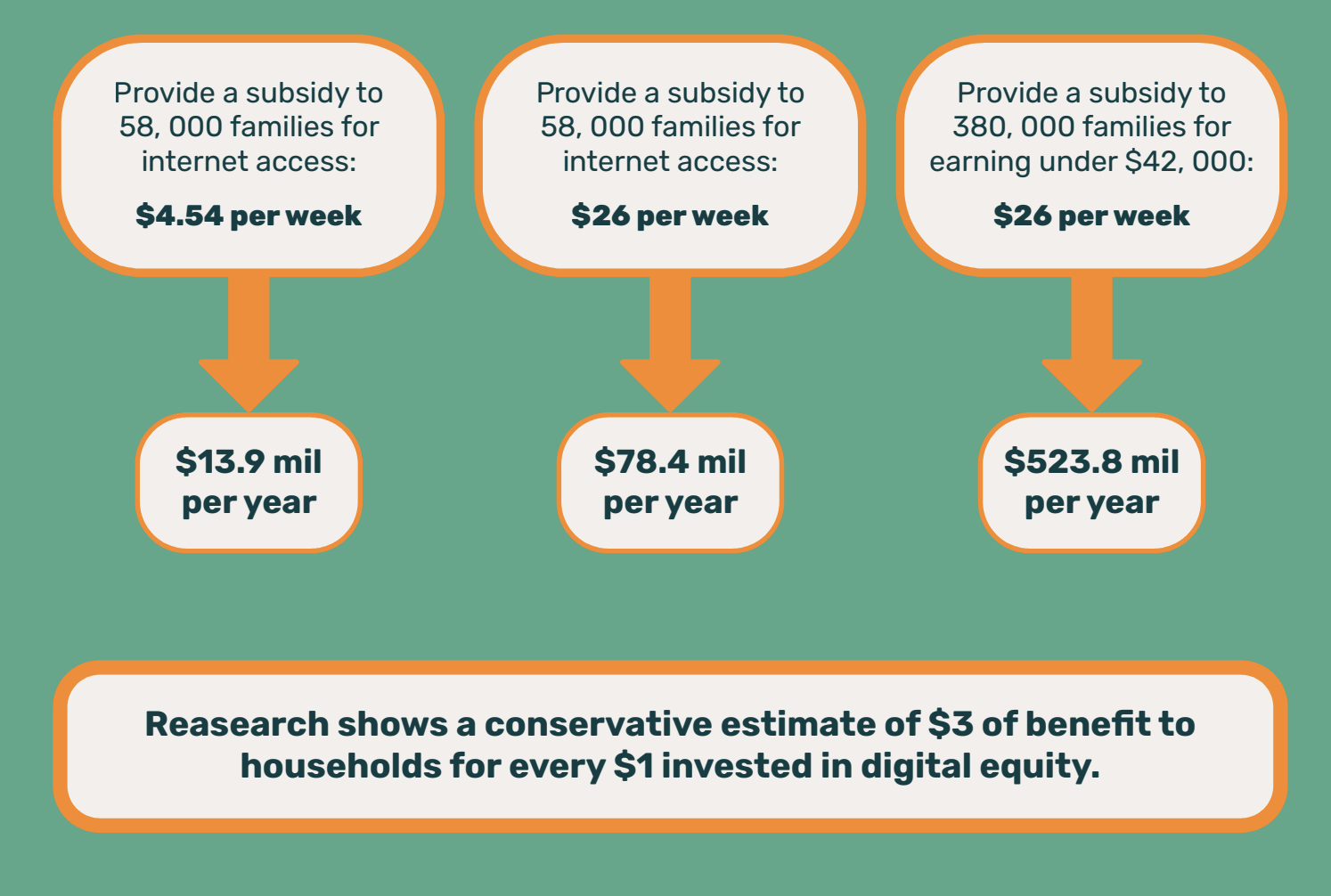Digital equity subsidy favoured to get low-income families online - DECA
Tens of thousands of low-income families could gain access to broadband and the devices they need to connect to the internet with a digital equity payment delivered via the Ministry for Social Development.
The digital equity payment, which would support 58,000 families most in need, has been recommended by the Digital Equity Coalition Aotearoa, which commissioned research to examine in-depth the extent of the digital divide, and to put a dollar price on what families can afford to pay to gain the connectivity that will allow them to engage in the digital world.
A digital equity subsidy for internet access alone would cost $13.9 million to cover those 58,000 households, while an internet and device subsidy would cost $78.4 million annually.
DECA worked with Arataki, InternetNZ, Kim Connolly-Stone and FigureNZ to evaluate the scope and scale of the affordability problem in Aotearoa NZ.
The impetus for the report is the looming end of the Equitable Digital Access subsidy, which was established by the Ministry of Education during the Covid-19 lockdowns, with 10,000 household internet connections set to be switched off in June, says Victoria MacLennan, Co-Chair of DECA, and Chief Executive of IT Professionals NZ.
“We recognised the lack of New Zealand-specific research on internet affordability for low-income families. Understanding what these families can realistically afford is crucial to developing effective solutions. This comprehensive report provides the data and insights necessary to bridge the digital divide and ensure equitable access for all,” adds McLennan.
The research team found that:
- Whānau can afford to pay an average of $7 per week for the internet and $5 per device.
- The cost of a minimum appropriate digital enablement package is between $27.12 to $54.37 per week depending on the number of children and adults in a household.
- UNESCOs’ Broadband Commission for Sustainable Development recommends that affordable internet should cost no more than 2% of household income.
- That equates to $8 per week for families in the lowest income quintile in Aotearoa, slightly higher than what families can afford.
“FigureNZ found that all 380,000 households in the lowest income quintile cannot afford the cost of the basic package, based on the 2% of income threshold,” DECA reports.
Source: DECA
Those 380,000 households include:
- 58,000 families
- 240,100 single person households
- 78,200 couple-only households
- 5,900 other household composition
DECA used the Chorus Data Calculator to calculate a modest estimate of monthly usage for a four person household (two adults, two secondary school children). The result shows that an uncapped plan is necessary to meet families’ needs.
The immediate answer according to DECA is to focus on the low-income families, to help get unlimited, high-speed internet and devices at home to allow adults and children alike to get online.
DECA examined six different ways to tackle the digital divide, ranging from combining a government subsidy with the philanthropic eforts of telcos to create a digital equity product, through to offering a digital subsidy through the education system, or social housing provider
But the simplest approach, says DECA, is to offer a digital equity payment where beneficiaries are already receiving assistance, via MSD payments.
“This would be similar to the winter energy payment. It avoids costs and complications of working with industry within regulatory obligations and competition laws. It is mana-enhancing by not having a complicated application process and recognises income poverty as the underlying issue of digital exclusion,” the DECA report notes.
In addition to funding support for devices and an uncapped internet connection, families would need support learning the skills to function in the digital world. In addition to the digital equity payment for 58,000 low-income families, DECA also recommends funding of community organisations through an NGO intermediary to offer digital skills programmes and wrap-around support, and the creation of a digital inclusion index to track progress in tackling the digital divide.
Access the full DECA report Affordable connectivity in Aotearoa.


